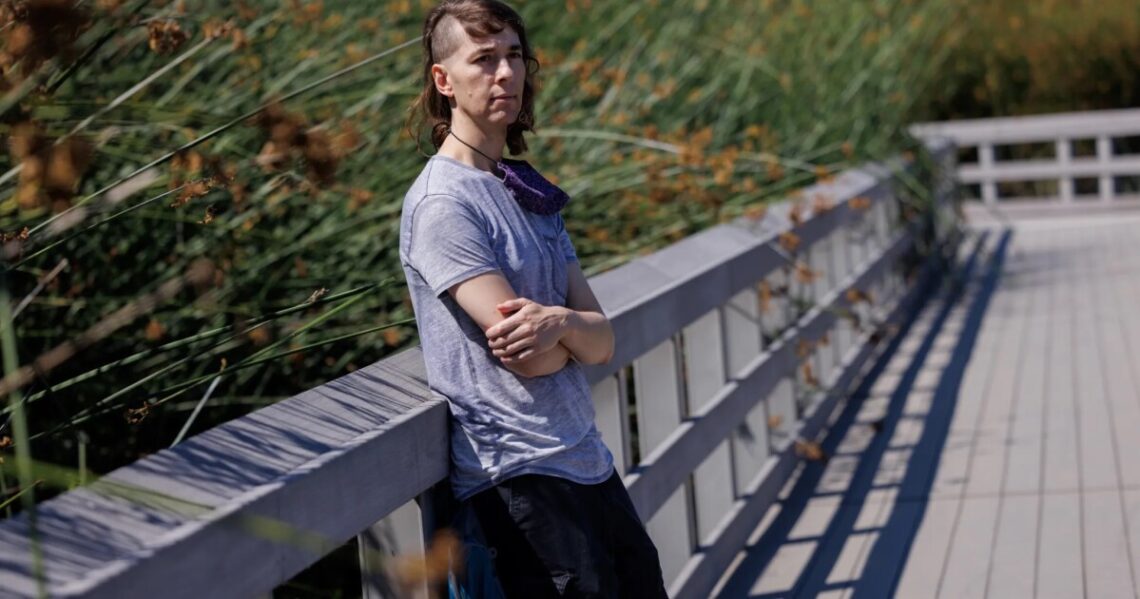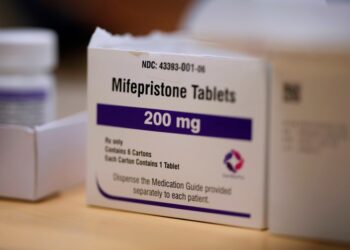From an early age, Pasha Wrangell felt different. Societal expectations of boys, and many characteristics of masculinity, did not match how Wrangell felt inside.
Bullied and ostracized, Wrangell started repressing those feelings in middle school and kept them bottled up for a long time. That led to decades of sadness, isolation, and even a couple of suicide attempts. What gnawed at Wrangell was gender dysphoria, a condition widely acknowledged in the medical community, which causes severe distress to people whose gender identity does not match their sex assigned at birth.
“It’s a sense of wrongness, like someone attached an arm to my head badly, and it just punches me in the face every time,” said Wrangell, 38, who grew up and still lives in the idyllic central California beach community of Santa Cruz. Facial and body hair is particularly upsetting: “I see my face in the mirror, and anytime I have to deal with hair, it is uncomfortable. I hate seeing it.”
Wrangell is nonbinary, meaning neither a man nor a woman. For over three years, they have been undergoing gender transition treatments to take on more feminine physical traits. These treatments have included genital transformation, known as bottom surgery; hormone replacement therapy using estradiol; and electrolysis hair removal for their face, neck, and chest.
All of it is paid for by Medi-Cal, California’s version of the federal Medicaid insurance program for people with low incomes. California law requires Medi-Cal and all other state-regulated health plans to cover gender-affirming care that is deemed medically necessary. But therein lies the rub.
Wrangell, an enrollee of the Central California Alliance for Health, the only Medi-Cal health plan in Santa Cruz, said it has been laborious to…
Read the full article here







